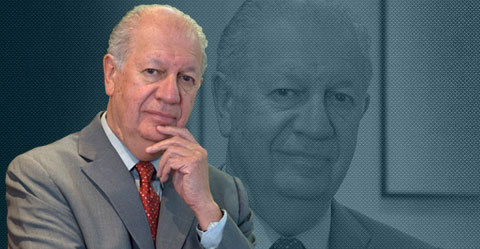2014
A few weeks ago I was invited to speak at a Congress examining the relationship between the public and private sectors in Chile. In front of an audience made up principally of businesspeople and politicians, I shared my thoughts about the importance of collaboration between both areas and how it can drive the development of a country.
At the beginning of the 21st Century, the spheres of influence of the triad formed by the state, the market and society depend on the political circumstances and the decisions that citizens take in a democratic context, as expressed by the State. The development models for Asian economies are precisely the consequence of an effective and harmonious collaboration between the state and private systems and the capacity of both to join forces to compete in an increasingly global world.
In the present political, economic and social cycle, the State must guarantee a minimum degree of equality for all citizens, while companies must produce the goods and services that ensure that that minimum is met. This frees up the State’s resources to concentrate its efforts in social areas and helps to achieve social inclusion in different areas such as infrastructure and energy. How should we address a 100% increase in vehicular traffic over the next 16 years? What measures should we take to reduce citizens’ carbon dioxide emissions? How can we achieve energy independence? These issues will require not only enormous financial investment, but also political leadership to back it up. While the private sector is responsible for investing and establishing the financing for established goals, the State must be able to lead the process, defining its general nature and outlines.
The challenge, then, is to think big and, especially, long term. A roadmap for a permanent public-private agenda is based on a joint intention to influence the way a country, region or continent is organized over the next thirty years, with realistic goals and building on existing achievements. In the second decade of this century we already know that the critical areas are infrastructure, energy, climate change, demographics and cities. If we set out to build a common perspective with concrete diagnoses, strategies and objectives, we can present realistic lines of development for a long term process that will allow us to keep up the pace and achieve the dreams we have set for ourselves.
At a time when we know where the world is headed and our existing demands and financial capacities, we should take advantage of this information and make use of the human capital and innovative new technologies to progress confidently toward the creation of a better country or even a better, more developed and fairer world.
Leave a comment



